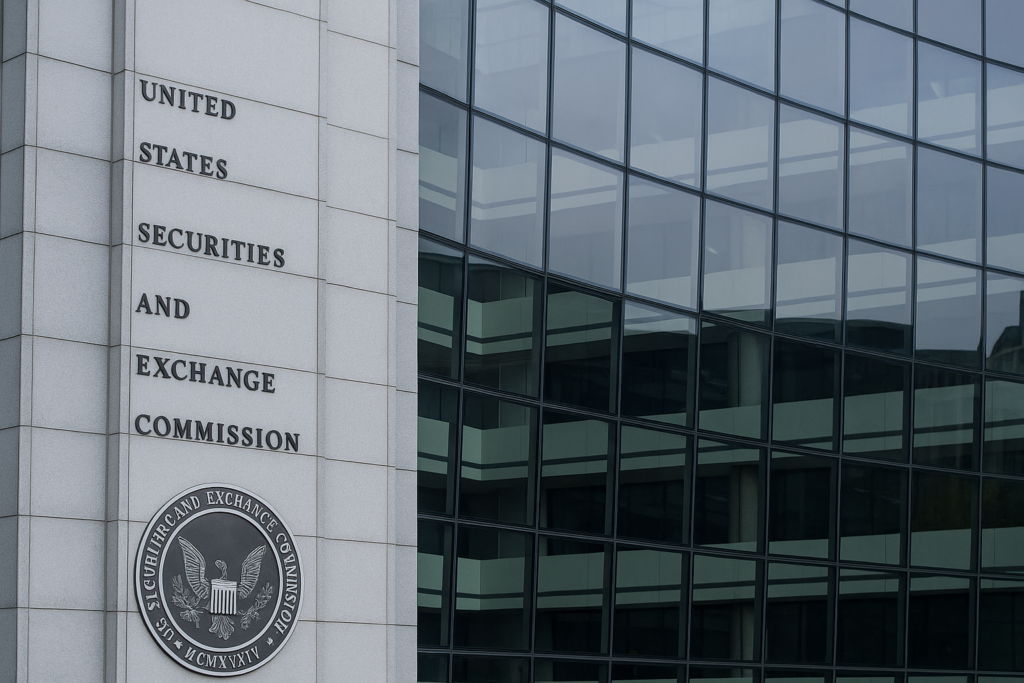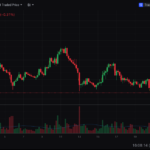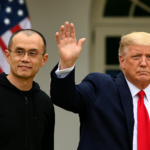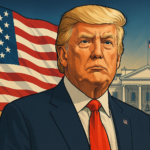The U.S. Securities and Exchange Commission (SEC) has officially launched “Project Crypto”, a strategic initiative aimed at overhauling the regulatory framework for digital assets. The project, announced during a press briefing in Washington, signals the SEC’s most aggressive move yet to bring crypto markets under clearer federal oversight.
🎯 What Is “Project Crypto”?
“Project Crypto” is a multi-phase initiative with the following goals:
1. Reclassify Digital Assets
- A new asset taxonomy will determine whether tokens are securities, commodities, or a new hybrid category.
- Existing projects will be re-evaluated under the updated criteria.
2. Unified Disclosure Standards
- Token issuers must comply with enhanced disclosure requirements—similar to public companies.
- Whitepapers may be replaced by standardized “Digital Asset Prospectuses.”
3. Exchange & DeFi Oversight
- Centralized and decentralized platforms will be required to register under new digital asset rules.
- KYC/AML obligations to be extended to DeFi protocols above a certain liquidity threshold.
📣 SEC Chair Speaks Out
“The crypto industry cannot operate in a regulatory vacuum,”
said SEC Chair Gary Gensler.
“Project Crypto is about structure, fairness, and transparency.”
The Commission emphasized that this initiative is not intended to “crush innovation,” but rather to protect investors and legitimize the market.
📊 Industry Reaction
The response has been mixed:
- 🟢 Institutional players like Fidelity and BlackRock welcomed the move as “a step toward maturity.”
- 🔴 DeFi communities and some Web3 startups called it “government overreach” and “unrealistic for decentralized tech.”
🔮 What’s Next?
The SEC will open a 60-day public comment period, after which proposed rules may enter the formal regulatory pipeline. Pilot programs involving registered DeFi platforms could begin by Q4 2025.
📌 Conclusion
“Project Crypto” marks a turning point in U.S. crypto regulation. Whether it leads to a more trusted environment or stifles innovation will depend on execution—and collaboration between regulators and the Web3 ecosystem.







